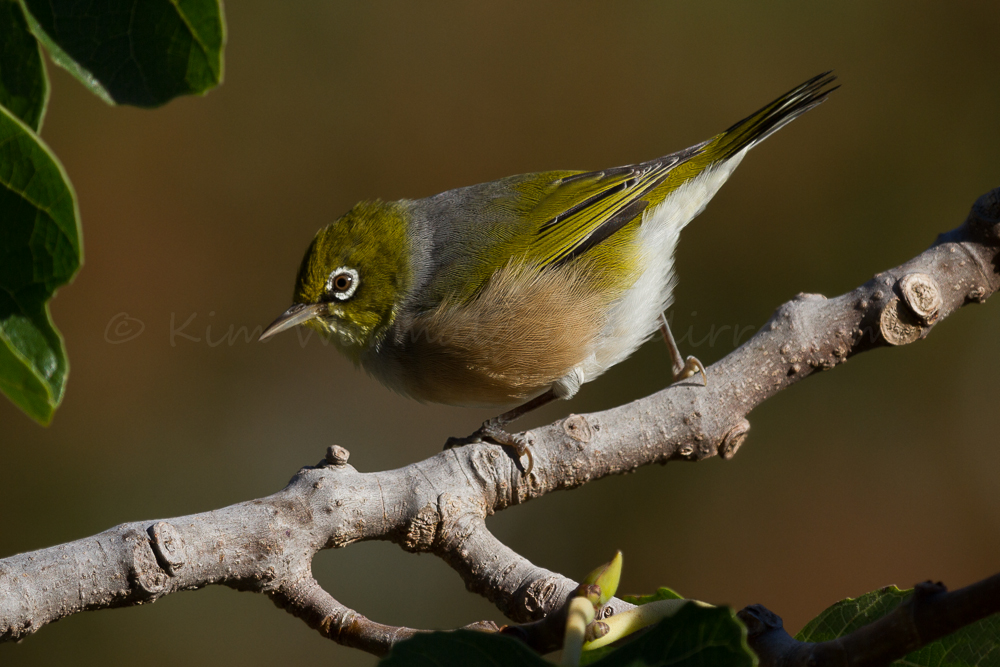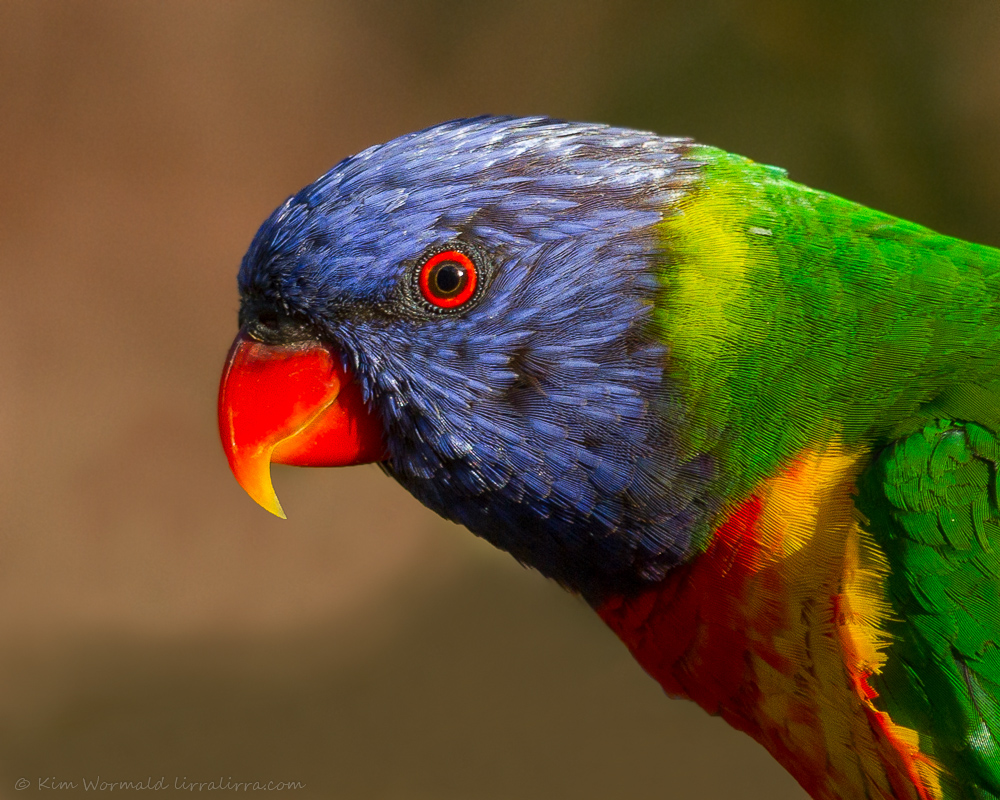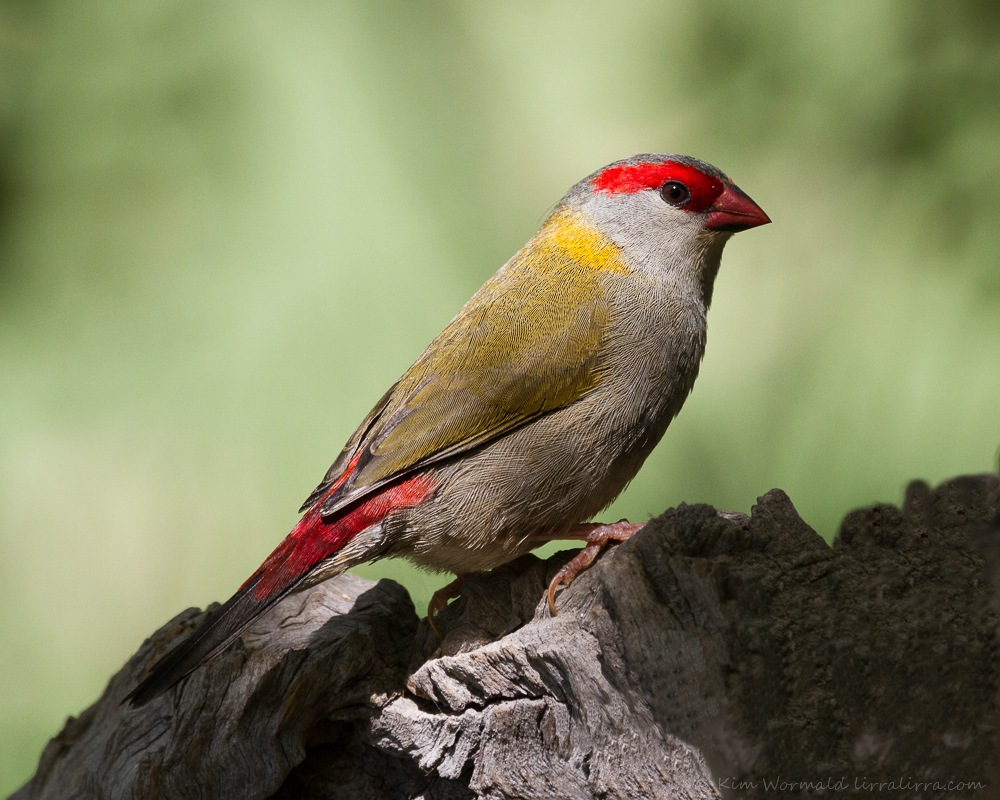Happy 1st birthday to my Canon 7D and 100-400L IS USM! A year ago I was thrilled by soft images of birds with unattractive head angles and no catch-lights; it was exciting just to have a bird that was visible in the frame. Now I’m looking for sharpness, good lighting, an uncluttered blurred background, a pleasing head angle and definitely a catch-light.
Recently I began entering images in a club competition for feedback and have been delighted to add some more awards to the ones mentioned in ‘Twas the skite before Christmas. I find the judges’ comments valuable regardless whether they are talking about my images or any of the genres submitted by others. It’s interesting to have an expert point out distractions and leading lines and other aspects of composition, impact and clarity. I enjoy seeing the images that are entered, there are so many creative and talented people out there. Sometimes I find an image pleasing but the judge doesn’t and that’s interesting too; it’s so subjective.

Silvereye “Focused attention” – Highly Commended
Canon 7D, 100-400mm L IS USM, 1/640, f/5.6, ISO125, focal length 400mm
My images of Silvereyes have improved so much during the past year that it’s hard to believe they were taken by the same person with the same equipment. These tiny birds hardly keep still for a moment and I’ve been having fun trying to keep up with them at sunrise. I like the definition in this bird’s feathers, the way the low-angled sun enhances its colouring and how the aperture size blurs the background wattles and their brown seed pods. I particularly like the way the background seedpods enhance the Silvereye’s eye and rufous flanks, sigh, such beautiful little birds.
 Rainbow Lorikeet “Portrait of a rainbow” – Highly Commended
Rainbow Lorikeet “Portrait of a rainbow” – Highly Commended
Canon 7D, 100-400mm L IS USM, 1/500, f/5.6, ISO 200, focal length 400mm
I’ve learned not to bother pressing the shutter button when the bird is too far away unless I’m after a record shot or I want to use the image to confirm identification. Many of the images I’m systematically deleting from Lightroom are from the early days and have a bird that is far too small in the frame to be worthwhile. Now I’m more likely to zoom in for a portrait, as with the image above, and hope for detail and eye-contact (unless its busy doing something else when I like to see that too).
 Eastern Yellow Robin – Highly Commended
Eastern Yellow Robin – Highly Commended
Canon 7D, 100-400mm L IS USM, 1/640mm, f/5.6, ISO 640, focal length 370mm
Over the past year I’ve talked to people, watched countless tutorials, read numerous articles, attended workshops and judging nights and amongst other things I have learned about leading lines. The leading line in the above image leads you right out of the picture so it’s not quite the same as one that leads you into it but I like it anyway. I spend more time now trying to ensure that I have a clear background behind the bird. This isn’t always possible but often I can move to one side or bend down and get a shot that’s a better angle with a better background.
I’ve been working to improve my hand-holding technique by tucking my elbows in and pressing the shutter button as I breathe out. I handheld the camera for the above image, it is my preferred way of taking photographs as I don’t like lugging around more than I have to. I very occasionally use a monopod but more often look for something handy to help brace the camera like branches, fence posts or sometimes the car (which I turn off so vibration doesn’t affect the sharpness of the image, that’s if the bird hasn’t flown in the meantime!). My favourite way to brace the camera and minimise shake is by sitting on the ground and resting the camera on my knee while supporting the lens – I call this my ‘kneepod’, the price is right and I take it with me on every shoot but depending on the dampness of the ground it can have some uncomfortable consequences.
 Red-browed Finch – Highly Commended
Red-browed Finch – Highly Commended
Canon 7D, 100-400mm L IS USM, 1/400, f/7.1, ISO 200, focal length 400mm
These little finches kept coming too close for me to focus on them. It was amazing to watch them without looking through the lens – they are incredibly tiny. This image was taken the same day that a Brown Thornbill worked its way towards me through the branches and twigs until it was close enough that I could have touched it. I’m pretty sure it was planning to collect some of my hair for nesting material but I blinked before it tweaked.
I’d like to thank many people for making the past year of bird photography as fulfilling as it has been. I am indebted to the photographers I have met on walks, online, at workshops and at the camera club who have helped me with equipment, Lightroom 4 mysteries, technique, image quality, post-processing, encouragement and critique. I’m grateful to everyone who has made comments on this site, on Facebook or by sending me emails – your thoughts are very much appreciated. And I must thank my family and friends for their encouragment and for putting up with my attention being caught by flutters in the foliage even more than usual.
Regardless of whether my day brings an award-worthy image I love being out and about with my camera. I’m a nature-lover, a bird-watcher and, I hate to admit it, a perfectionist, who loves learning and loves bird photography.
Happy birding, Kim
PS my apologies for trialling the more unpleasant watermark on the first image but my images have started being stolen by free wallpaper sites that make money from advertising.

What beautiful pictures. I particularly love the rainbow lorikeet.
Thank you Lannie! I’m glad you like the images, Rainbow Lorikeets are stunning birds
hi kim
personnaly, i completly forget the birthday os my camera lolol
but you handle very well now, and have seen plenty of wonderfull wild scene througth it ^^
thanks for this nices pictures, see you soon
Fancy forgetting your camera’s birthday haha! I’ve been lucky to see so many wild scenes through it, I love being able to enlarge the images and see so much detail. Let me know if you’re coming to Australia!
Kim,
These are all beautiful images!
Isn’t it amazing how supportive and helpful photographers can be? And then seeing improvements over a period of time just inspires up to do more.
I absolutely adore the Lorikeet image, it was my most favorite bird while I was in Australia.
Thank you Mia and thank you for being one of those amazingly supportive and helpful photographers, right from the beginning of my bird photography journey.